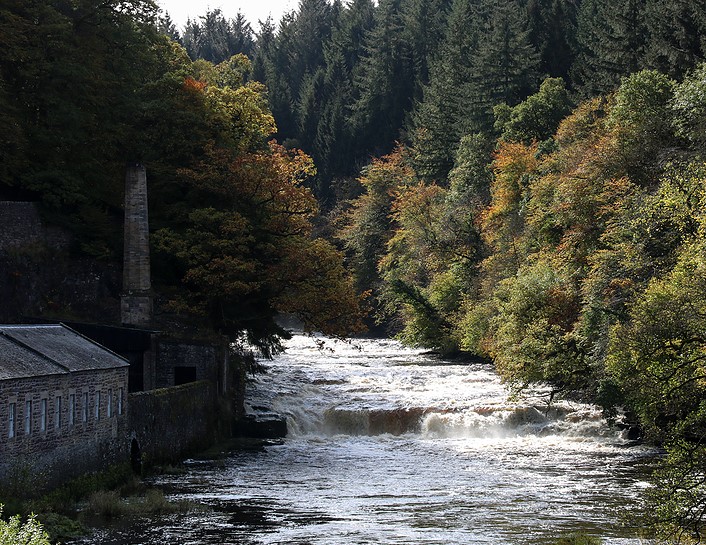News
Did Drought Instigate The Industrial Revolution?
The exact timing that Britain made the move from an agricultural society and economy to a manufacturing-based one has long been a hot topic for debate among historians the world over, as have the exact causes for the shift in focus and the start of the Industrial Revolution in the 19th century.
It has long been argued that the transition from water power to coal steam power was down to insufficient waterways across the country, which were unable to cope with increased demand being driven by the advent of textile mills.
However, new research from the University of Glasgow’s School of Geographical and Earth Sciences has just revealed that, in fact, only a couple of river basins in England had been fully exhausted by the middle of the 19th century.
Instead, the study suggests, periodic drought causing low stream flows may have been more pivotal in the move to steam power than previously believed, Smart Water Magazine reports.
The research project, presented at the latest annual meeting of The Geological Society of America, was initiated after it was found that little consideration had been given to the roles that physical geography and climate played in the rise of steam power.
It was found that by around 1838, many basins across England and Scotland were still underused, with water demand exceeding water availability only in the busiest industrial water corridors. Furthermore, it was found that Scotland had more power potential than the north of England under average hydrological conditions.
Peter Jones, postdoctoral researcher working on the project’s social and environmental history, was quoted by the news source as saying: “We know from archival evidence, including testimony to a variety of parliamentary inquiries in the early 1800s, that seasonal fluctuations in rainfall created real problems for manufacturers who used waterpower.
“Lack of water in summer and floods in fall or winter meant that many mills experienced significant periods of reduced work and in the worst years they could effectively close mills for days or even weeks at a time.”
Mr Jones went on to say that, while this was nothing new and corn millers had to deal with similar issues since at least the Middle Ages, the problem became so acute from the 1770s onwards, with water power used for bigger and bigger manufacturing operations, that it could threaten the very viability of a business.
Fast forward to the 21st century, at a time when drought is taking centre stage around the world as a result of climate change, and we’re seeing something very similar take place, with reduced water availability potentially affecting business operations across all industries and in all sectors.
It will certainly be interesting to see how the economical landscape is forced to change and evolve over the next few decades as the climate crisis deepens and we have to adapt to and mitigate the effects of rising global temperatures. What will the Climate Revolution look like, we wonder?
Do you want to find out why water efficiency is important? Get in touch with the H2o Building Services team today.
